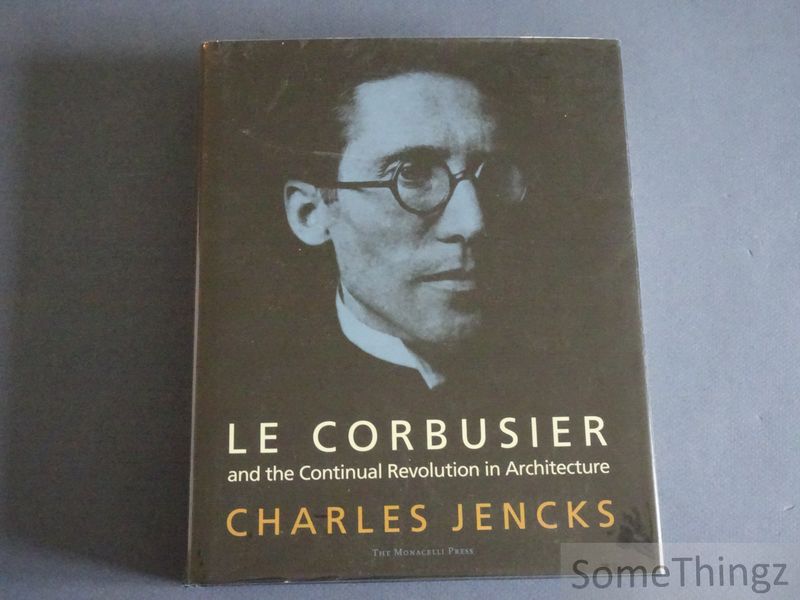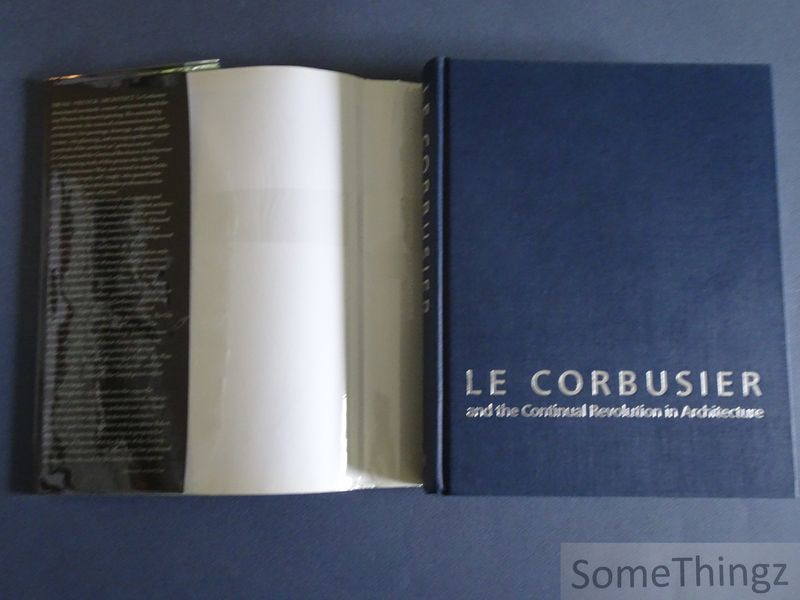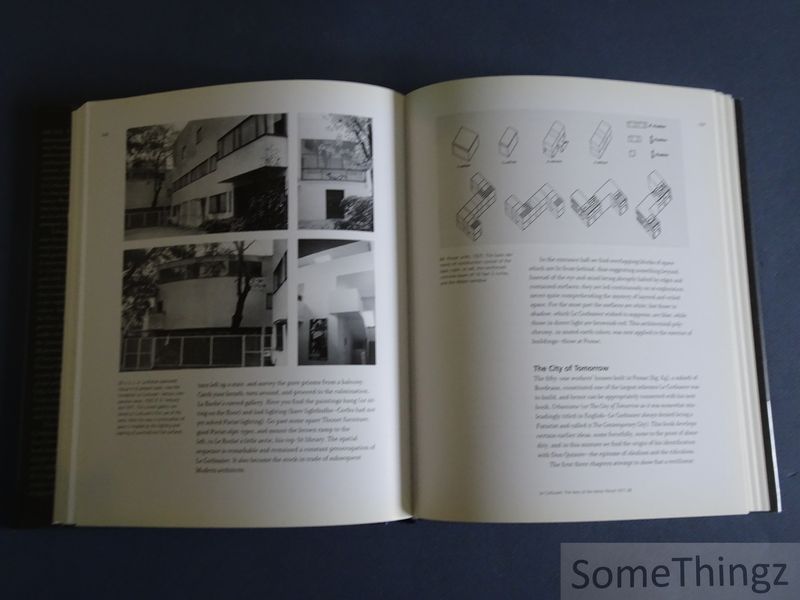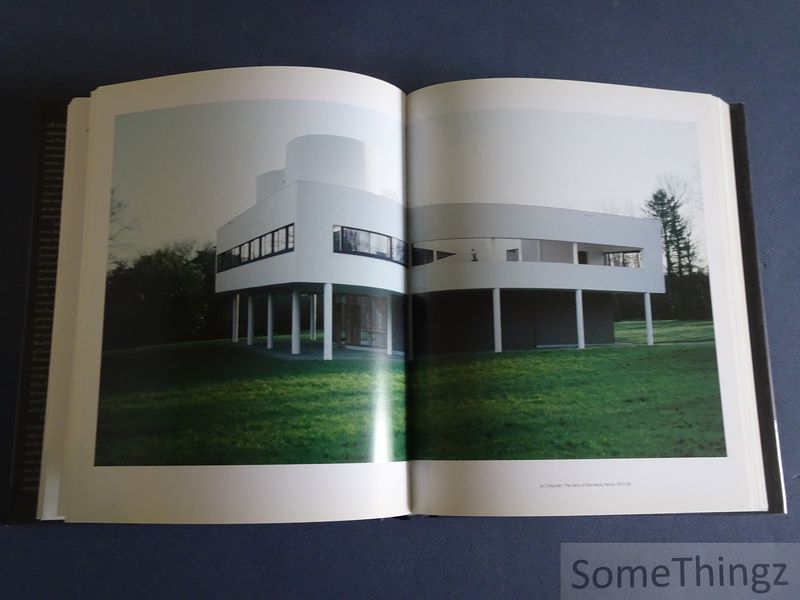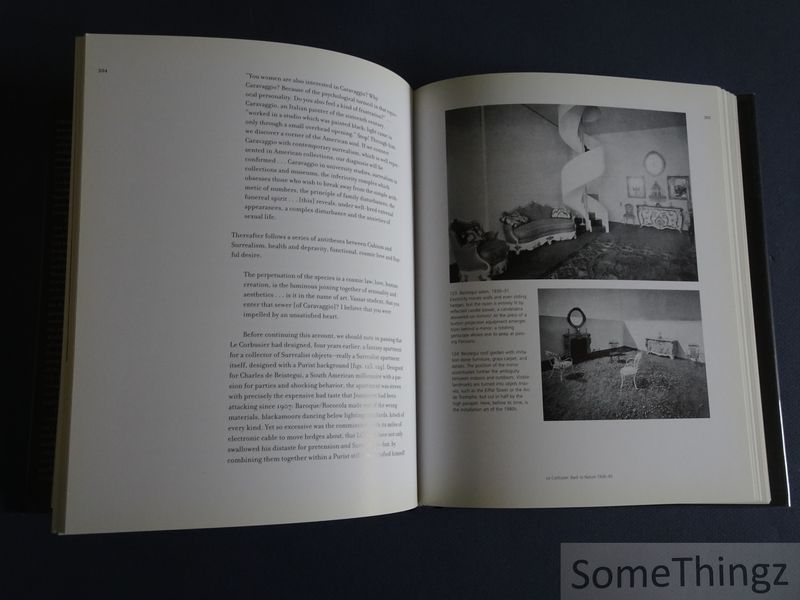BOOKS
Jencks, Charles.
Le Corbusier and the continual revolution in architecture.
New York , Monacelli Press, 2000.
Sold
Bound, cloth with original dustjacket (protected with removable cellophane), 381pp., 21x26cm., illustr. in col. and b/w., in very good condition. As new. ISBN: 9781580930772.
Swiss-French architect Le Corbusier dominated twentieth-century architecture much the way Picasso dominated painting. His outstanding achievements, his vision of a harmonious machine civilization, his paintings, drawings, sculpture, architecture, city planning, and writing together compose a portrait of the architect as ''protean creator.'' Le Corbusier and the Continual Revolution in Architecture is a fascinating study of this genius. Taking into account recent scholarship and new theories of architectural change, noted architectural historian Charles Jencks traces the personal and professional development of Le Corbusier. In association with the Purist painter Amédée Ozenfant, he gained fame in the 1920s, publishing the journal L'Esprit Nouveau and four seminal modernist tracts: Towards a New Architecture, The City of Tomorrow, The Decorative Art of Today, and La Peinture Moderne (Modern Painting). Jencks demonstrates the influence of these classic texts by way of the architect's major projects of the period: Villa La Roche, Workers' Housing at Pessac, the Plan Voisin for Paris, Villa Stein, Villa Savoye, and the steel furniture, including the famed grand confort and chaise longue. Through the 1930s and into the 1940s Le Corbusier embraced a new worldliness that included not only hand-built masonry but also an awakened sensuality and a shift in politics; after World War II, he embarked on yet another transformation, this time towards a new brutalist mode that saw the realization of the controversial Unité d'Habitation and the truly revolutionary chapel at Ronchamp. Le Corbusier and the Continual Revolution in Architecture presents over two hundred illustrations including architectural drawings, plans, and photographs, as well as paintings, sketches, and publication facsimiles. With this illuminating collection of images and his revealing and provocative text, Charles Jencks has produced a compelling and comprehensive analysis of the twentieth-century master who stayed well ahead of his followers to reinvent the art of architecture over and over again.

